Collecting with Jeff
by Jeff Figler
Imagine a modern day running back for the Denver Broncos or New York Jets running smack into a 350 pound defensive lineman – with only a leather helmet. That’s a bit hard to believe in today’s game. After all, we’re all accustomed to seeing those beautifully decorated hard plastic helmets that the players wear.
But the leather helmets were not too much of a thing of the past. Not at all. Let me go back not too many years ago and trace the history of the football helmet. You can then see for yourself that today’s helmets have probably saved many players from great bodily harm, and even death.
It was in the early 1900s that soft leather skull caps were used as optional headgear. Yes, optional headgear. Hardened leather helmets were first worn in the 1920s, which admittedly increased protection. Football became much safer in 1939 when John Riddel devised the first plastic helmet. However, as plastics became more scarce during World War II, so did the durability of the plastic. After the war, helmets again became sturdier. Soon, padded plastic helmets were devised.
As a forerunner of today’s NFL helmets, in 1948, Los Angeles Rams halfback Fred Gehrke painted horns on his helmet. The Rams then became the first professional team with a helmet emblem.
Throughout the 1960s and 70s, many different face masks were developed, usually depending on the position of a player. Players can choose their own helmets.
In 1995 a new NFL rule permitted a quarterback to have a radio transmitter in their helmets. This made it easier for a teams’ coach to call in plays.
Today, rules regarding helmets are pretty lax. A rule does specify that a helmet with a white chinstrap must be fastened and a face mask attached.
Of course, NFL football collectors have always been enthralled by helmets, especially ones worn by famous players. Early leather helmets are very scarce, and it is very difficult to attribute a leather helmet with a particular player in most cases.
However, a leather helmet worn by the legendary Jim Thorpe was auctioned in 2009. Thorpe was the famous Olympian who had his Olympic medals stripped from him due to his being judged a professional, not an amateur. The medals were returned to his family years later. Thorpe served as the president of the National Football League when it was first founded in 1920. Thorpe’s helmet sold for $17,925.
The helmet worn by the two-time Heisman Trophy Award winner Archie Griffin was auctioned in 2014. Griffin, the running back who played at the Ohio State University, wore the helmet at the College All-Star Game in 1976. It sold for $28,680. The 1985 Super Bowl XIX game-worn helmet worn by Miami Dolphin quarterback Dan Marino was auctioned for $33,460. Marino played in the 1985 Super Bowl as a rookie. It would be the only Super Bowl in which he would ever play.
And to those parents who sons and daughters play football, there is no more important tool than the helmet that they wear to protect themselves.
Jeff Figler has authored more than 600 published articles about collecting. He is one of the world’s leading experts on collectibles and is a former sports columnist for the St. Louis Post-Dispatch/STL Today, and San Diego Union Tribune. Jeff’s most recent book is Picker’s Pocket Guide to Baseball Memorabilia published by Krause Publications. You can learn more about Jeff by visiting his website www.collectingwithjeff.com. He can also be reached via email at info@jefffigler.com.



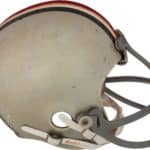
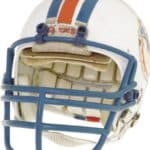


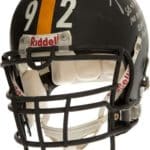



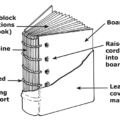
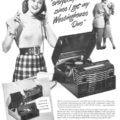

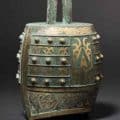



Pingback: Hobby Happenings Week Ending September 30th, 2016